Narikala Fortress, the “Little Fortress”, sits on a rocky outcrop in the Tabori Range, high over Old Tbilisi and the Mtkvari River. It is the most known and ancient monument of Tbilisi; the townspeople call it “the heart and soul of the city”. Tbilisi Botanical Garden lies behind the fortress, while the heart of the Old Town and the domed roofs of the Abanotubani sulfur baths roll out at the foot of the castle.
A Brief History of Narikala Fortress
The date of construction of the fortress is the 4th century AD, i.e… Later the fortress was extended and expanded several times. In the 7th – 8th centuries, Arabs did it. That’s why the citadel in its modern condition is a vivid example of an Arabian fortification. In the 11th – 12th centuries, it was the Mongols’ turn. The initial name of the fortress was Shuris-Tsihe (the Enviable Fortress). From the time of the Mongolian invasion, the fortress got the name Naryn Kala (from Turkic “Naryn” – “small” and “Kala” – “fortress”).
In 1827 the fortress was destroyed by an earthquake and since then the citadel has not been restored completely. Only Ad-hoc restorations were done to the lower part of the fortress. Some walls were partially rebuilt and a few parapets were re-sculpted in the image of the old castle’s imprint.
The fortress territory contains a St. Nicolas temple dating from the 12th century. The temple was reconstructed in 1996 in the traditions of the fortress surrounding it. The internal part is decorated with frescos showing scenes both from the Bible and the history of Georgia.
Infrastructure around the Fortress
The Rike cable car. This modern cable car connects Narikala with a lower station in Rike Park, on the opposite side of the river. It runs from 10 am until 10 pm daily (until midnight on Saturdays). The fare is 2 GEL, and you can use your MetroMoney card or Transport Card (the same rechargeable cards you use on the bus and metro).
Botanical Garden: The Tbilisi Botanical Garden is located below the fortress hill. It’s a serene green space with diverse plant collections, making it a great place for a stroll.
St. Nicholas Church: Near the Narikala Fortress, you’ll find the St. Nicholas Church, also known as the Narikala St. Nicholas Church. This historic church adds to the cultural and religious significance of the area.
Souvenir counters. Located Near the Narikala ropeway, on a path to the monumental statue of Kartlis Deda (Mother of Georgia). You can buy some Georgian souvenirs, have fresh juice, or some easy snacks.
Zipline at Tbilisi’s botanical garden. Strung from the hilltop Narikala Fortress overlooking the city, the line is suspended 30 meters above the park and runs 270 meters to its destination platform.
Parking place. There is a small parking place at the main entrance of the fortress. So, you can visit by car also. Note that the driveway to the fortress is very narrow and steep. The road is very congested during the day. In many cases, there is no parking space. If you still want to visit the castle by car, then I recommend you do it either in the morning or after 11 p.m.
How to get there
There are 3 different ways to get to Narikala fortress:
- Cableway
- Car
- Walk
To make the most of the views, I suggest first using the cableway and then walking one way.
There are two routes up to the fortress: the first is via Orbiri Street from Abanotubani. It starts with a steep staircase that gives you a great vantage over the domed bathhouses and an up-close view of the Duma Mosque minaret.
The second, even more, picturesque route is via the Betlemi Street Stairs. Starting from Lado Asatiani Street, follow Betlemi Rise to the church, pausing on the terrace for a view.
The path continues through a patch of the forest to the foot of Mother of Georgia and the Kartlis Deda Viewpoint. The path branches out in several directions towards the top – they all end up in the same place.
From there, the entrance to Narikala is another 500 meters east via a paved pathway. To reach the main entrance, take the stairs down after the cable car station.
Tours via Narikala Fortress
Useful Tips
- Wear Comfortable Shoes: The terrain around the Narikala Fortress can be uneven and hilly. Wear comfortable, sturdy shoes suitable for walking and exploring.
- Check the Weather: Before your visit, check the weather forecast for Tbilisi, especially if you plan to explore the fortress and its surroundings on foot. Bring appropriate clothing and sunscreen if it’s sunny.
- Visit During Daylight: It’s advisable to visit the Narikala Fortress during daylight hours when it’s well-lit and safe. Avoid going after dark, as some areas may not be well-illuminated.
- Cable Car Ride: Consider taking the cable car from Rike Park to the Narikala Fortress. It offers a scenic and convenient way to reach the fortress while enjoying panoramic views of the city.
- Exploration: Take your time to explore the fortress walls, towers, and pathways. The fortress offers stunning vistas of Tbilisi, and there are many great photo opportunities.
- St. Nicholas Church: Visit the St. Nicholas Church located near the Narikala Fortress. It’s a historic and picturesque church with a serene atmosphere.
- Bring Water: Carry a bottle of water with you, especially on hot days, to stay hydrated as you explore the fortress and its surroundings.
- Safety: Exercise caution when exploring the fortress, especially in areas with steep steps and rocky paths. Be mindful of your surroundings and watch your step.
- Beware of Scams: While Tbilisi is generally safe, be cautious of individuals offering unsolicited services or assistance at the fortress, as they may expect payment.
- Local Etiquette: Be respectful when visiting religious sites like the St. Nicholas Church. Dress modestly, remove your shoes when required, and observe any local customs.
- Currency: Have some local currency (Georgian Lari) on hand for small purchases and entrance fees if applicable.
Narikala Fortress on a Map
Other things to see & do around Narikala Fortress
A monumental statue of Kartlis Deda (Mother of Georgia)
Baths District (Abanotubani) & Legvtakhevi Waterfall

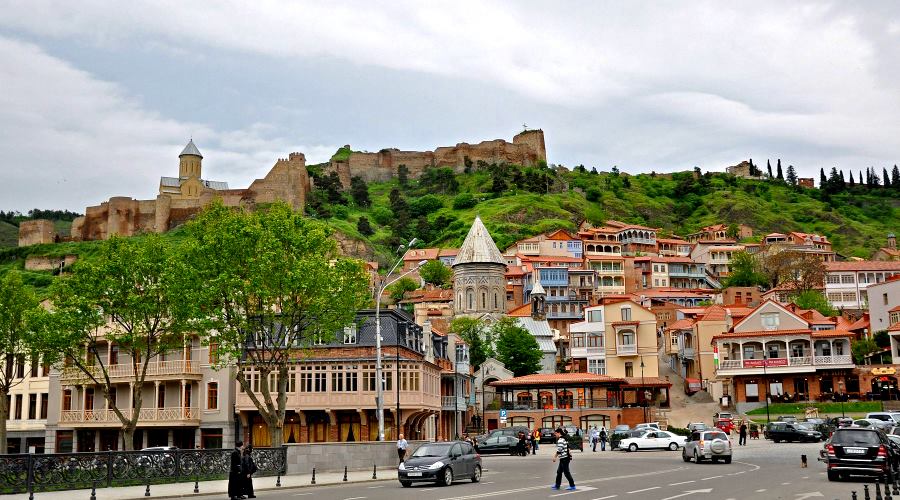
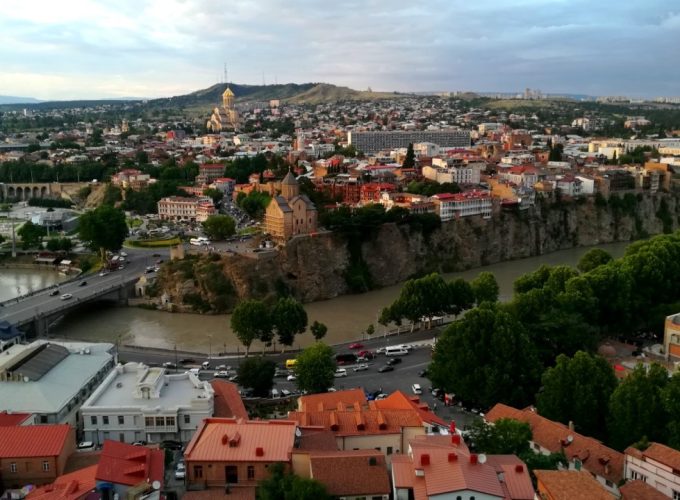
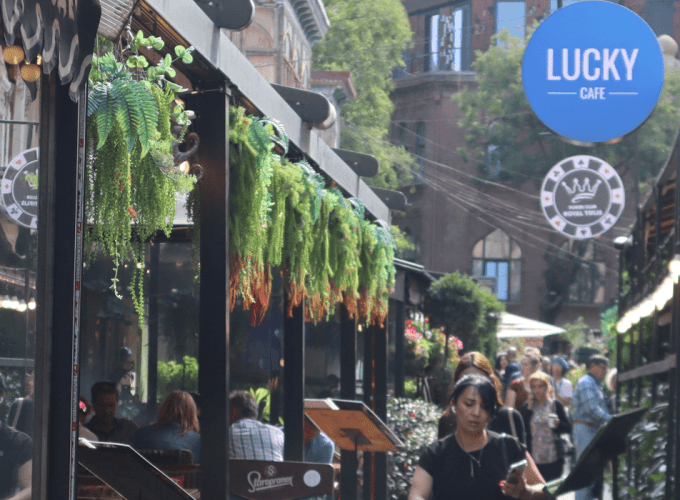
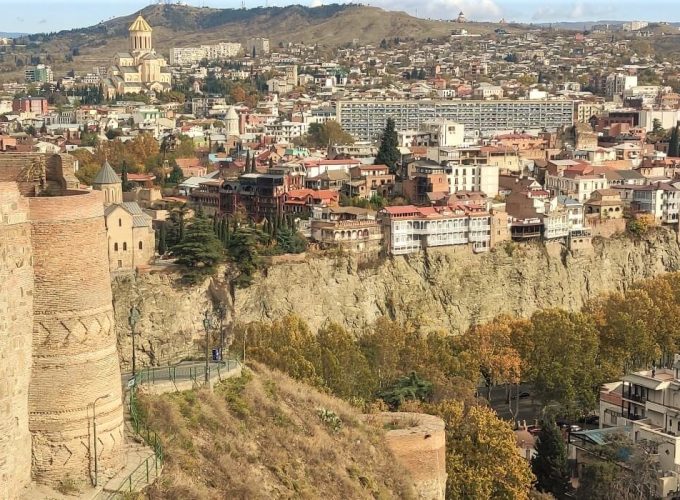
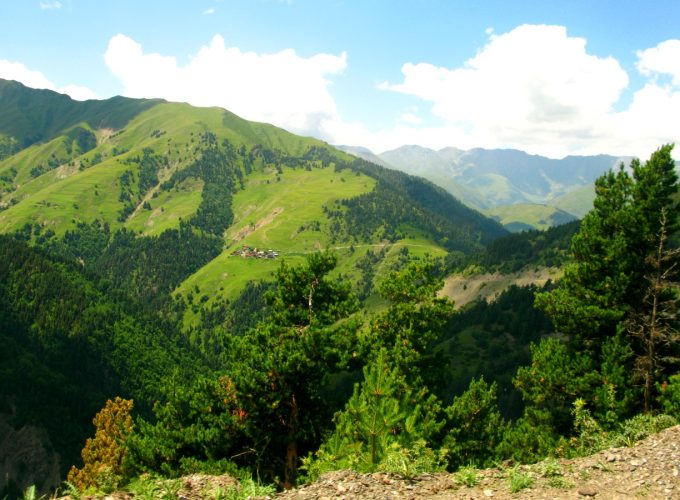
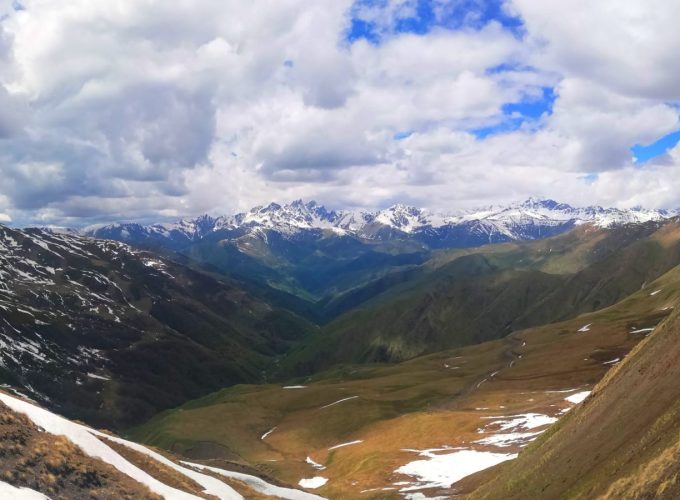
Comment (0)